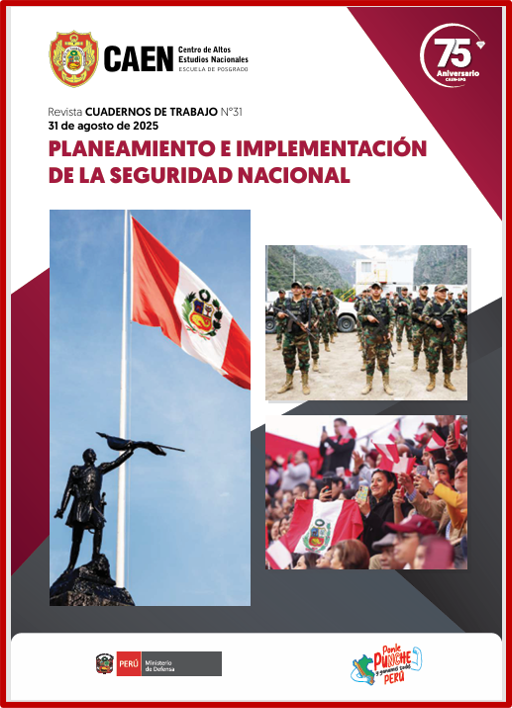Oil pollution in the maritime environment: Case of the La Pampilla oil spill in January 2022
DOI:
https://doi.org/10.58211/psq21p51Keywords:
Oil Spill, International Maritime Organization (IMO), General Directorate of Captaincies and Coast Guards - National Maritime Authority (DICAPI).Abstract
The goals of oil spill response are to minimise damage and reduce environmental recovery time. The beginning of a response, or the decision to stop cleaning or leave an area for natural cleaning, is made based on the criteria of “how clean is clean”; otherwise, there are no criteria to determine if the response has achieved the desired result.
This article will discuss the oil spill that occurred on January 15, 2022, caused by the Italian-flagged tanker MARE DORICUM. The tanker was unloading crude oil at the Multi-buoys Terminal of the La Pampilla refinery in Callao. The spill affected approximately 60 km of coastline.
References
Capitanía de Puerto del Callao, (2023). Resolución de Capitanía N° 070-2023-MGP/CAPICALA/M, de fecha 27 de septiembre del 2023
ITOPF, (2023). International Tankers Owners Pollution Federation Ltd., https://www.itopf.org
ITOPF, (2023). Oil tanker spill statistics 2022. ITOPF Ltd, London, UK, Recuperado de https://www.itopf.org/fileadmin/uploads/itopf/data/Photos/Statistics/Oil_Spill_Stats_brochure_2022.pdf
ITOPF, (2014). Documento de Información Técnica 1: Observación aérea de derrames de hidrocarburos en el mar, Recuperado de https://www.itopf.org/es/knowledge-resources/documents-guides/tip-01-aerial-observation-of-marine-oil-spills/
ITOPF, (2014). Documento de Información Técnica 2: Destino de los derrames de hidrocarburos en el medio marino, Recuperado de https://www.itopf.org/es/knowledge-resources/documents-guides/tip-02-fate-of-marine-oil-spills/
Instituto del Mar del Perú, (2010). Informe Nacional sobre el Estado del Ambiente Marino del Perú. Recuperado de https://www.scribd.com/document/363519651/Informe-Nacional-Sobre-El-Estado-Del-Ambiente-Marino-Del-Peru-Word
Dirección General de Capitanías y Guardacostas – DICAPI (2012), Decreto Legislativo Nº 1147, Regula el Fortalecimiento de las Fuerzas Armadas en las competencias de la Autoridad Marítima Nacional – Dirección General de Capitanías y Guardacostas. Recuperado de https://www.dicapi.mil.pe/storage/rules/JOxtQ6L41638197883.pdf
Dirección General de Capitanías y Guardacostas – DICAPI (2014), Decreto Supremo Nº 015-2014, Reglamento del Decreto Legislativo Nº 1147, Regula el Fortalecimiento de las Fuerzas Armadas en las competencias de la Autoridad Marítima Nacional – Dirección General de Capitanías y Guardacostas. Recuperado de https://www.dicapi.mil.pe/storage/rules/euhlgbOS1638197724.pdf
Downloads
Published
Issue
Section
License
Copyright (c) 2025 Jesús Antonio Menacho Piérola

This work is licensed under a Creative Commons Attribution 4.0 International License.





